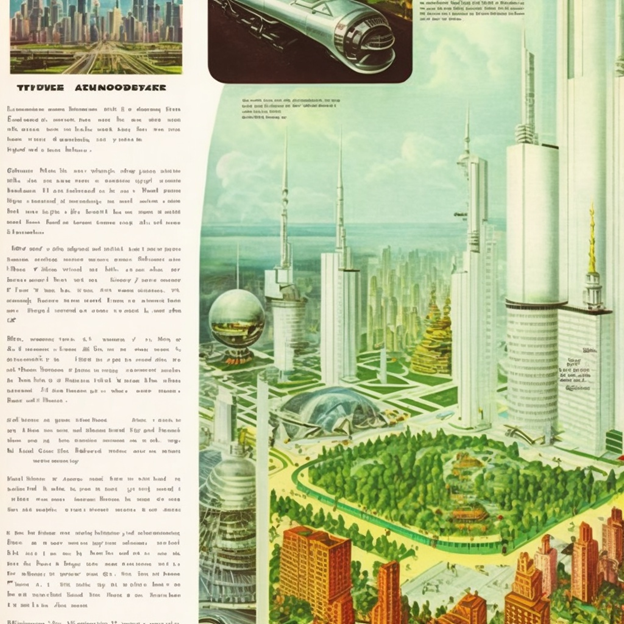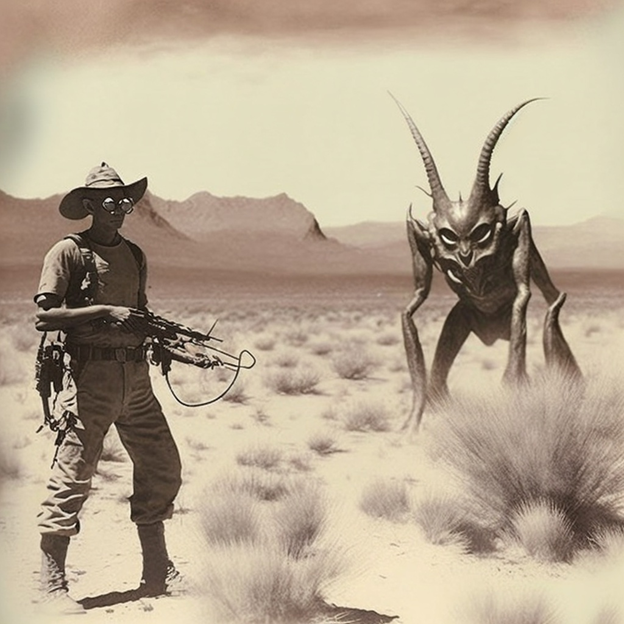Kosmos-68 for Cepheus
This article originally appeared in Cepheus Journal 013 and is reprinted with permission.

Put aside any prejudices you might have about the Soviet Union and ask yourself this: what would have happened had the N1 rocket worked and put cosmonauts on the moon months ahead of the Americans? Take all the Soviet science fiction of the 1950s, ’60s and ’70s at face value and roll that forward 200 years. Temper that with a good cynical dose of stifling bureaucracy, intrusive surveillance, and centralised planning that is not and never could be able to fulfill all the needs of the teeming millions. This is the Union of Soviet Socialist Planets (USSP).
It is a dystopia of sorts, of course, but then a good deal of science fiction is dystopic by default: the future holds threats as well as promise. All our yesteryear aspirations seem naïve in the cold light of what has happened since they were minted, and what seems likely to happen given our real-world trajectories. Every silver lining has a cloud.
Kosmos-68 (K68) is the brainchild of Paul Elliott of Zozer Games and is companioned by Outworld. Both were produced as free booklets with Classic Traveller as the stated ruleset. Where Outworld took the science fiction of the American 1980s and rolled that forward (not-Alien), Kosmos-68 took the science fiction of the Soviet Union to produce an alternate vision (almost not-Starship Troopers). With Paul’s permission I’ve been fleshing out Kosmos-68, regearing it to Cepheus Engine where necessary.
Soviet space is divided into regions called Kosmos’, equivalent to standard Cepheus subsectors. Only K68 is detailed, and the intention is that anyone who wants to continue to explore this setting can develop their own regions using all the standard tables. The standard tables are interpreted though the Soviet lens, and not rewritten.

Earth is 40 parsecs ‘west’ of K68, or roughly five kosmos (subsectors). Kosmos-68 is the end of the line eastwards. This gives an approximate scale of explored space as a ‘sphere’ (though we know in Cepheus space is depicted in two dimensions) with around 5,000 parsecs (hexes). Plenty of room for exploration. The reason for the hard stop at K68 is the increasing sparsity of star systems and then a mysterious region of space called The Abyss. No exploratory vessel has managed to get beyond it. Space and time appear to distort, rendering any survivors of such missions shattered in mind and body. This fulfils two driving needs of the Union: to find new scientific mysteries – the bigger the better, and to define secure borders.
Scientific mysteries are plentiful. The Abyss itself: is it a passage to a parallel universe, an uncontrolled wormhole, an alien artifact, or some combination? Or none of these at all? Near to this area of space is Helios, a planet-wide ocean that might just be a single monstrously powerful alien intelligence. Across hundreds of planets ruins from an elder civilisation have been found. The Ancients, Architects, Earthmasters, Heechee, Siddhe, or the Great Old Ones. There are many names, and very few answers. Spread across the planets of the USSP are alien life forms that are endlessly fascinating. Some have uses for humanity, others are merely a curiosity. And some are a threat.
The second major driver of the USSP, security, is directly challenged by the first genuine alien intelligence found. The space faring Zhukis have a limitless number of different forms. Some scientists propose that we face a monstrous multispecies empire. Others believe the different forms are different life stages of one species. Yet another line of enquiry proposes that they are biological robots designed to perform specific tasks within an overall plan. No one knows, because no one has managed to communicate directly with the zhuki, or to decode their language(s). All that is known is that they are voracious predators, and humans are on the menu.

Neighbouring Kosmos-70 has been devastated by the zhuki. Beaten and forced back, the mauled remains of navy (Rocket Corps), marines (Rocket Infantry), army (Union Defence Force), and scouts (Special Purpose Fleet) are regrouping and being reinforced in K68. The USSP’s defeat was so severe that direct military control has been imposed from the capital of K68, Archangel, suspending usual democratic governance. The last 150 years or so without a major war has left the USSP at a severe disadvantage. Chasing pirates and putting down colony rebellions is no sort of training for the challenges now being faced. So far, space has been substituted for time, retreating while fighting hopeless rearguard actions. K68 is about to be the new front line.
Security is also uppermost in the mind of the Global Progress Party, the ruling elite of the USSP, in the treatment of its own citizens. An uncounted number of secret police organisations spy on the people and each other. The legal system is ludicrously porous, and the bureaucracy of state can only be called byzantine. All of this helps to create an atmosphere of suspicion and caution; a society where everyone is everyone else’s keeper because they never know who might denounce them for a misspoken statement.
The final snapshot of USSP society is in trade. Production and movement of goods is what makes an advanced economy. These activities are under monopoly control of state-owned megacorporations. The interstellar shipping organisation Interkosmos has its own military and investigation branches. Its bulk haulers are the lifeblood of the Union. Anything convoyed between the Republic planets not directed by Interkosmos is smuggling.
Any and all of this must sound at least vaguely similar to many other science fiction settings, so what makes Kosmos-68 unique?
For me, it is that Kosmos-68 seems very close to plausible. Not exactly likely by any means because it is an alternate timeline retrofuture, but the goal is to depict things with as much ‘truthiness’ as possible. No weird new powers or technologies are proposed over that already described in Cepheus, itself a clean-up version of 1980’s sensibilities. The motivations and emotions of the NPCs in the setting are completely recognisable to us today. It shares an awful lot with Hostile, but for obvious reasons a world of corporate greed and corruption in a dark and uncaring future seems all too plausible. K68 is the flip side of that coin: another dystopia for sure. But one at least one that has a sophisticated propaganda arm and a vision of progress for all mankind, however misguided.

Kosmos-68 is not a cyberpunk future; if it needs a label, it would be a cross between dieselpunk and cassettefuturism. Art for this exploration is being generated via the learning program MidJourney. As the algorithm improves, I’m updating older entries with more sophisticated renderings for the story I’m attempting to share. Since the historical inflection point in this alternate future occurred in the 1960’s I’m homing in on the art of that period. This implies influences of Dan Dare, Thunderbirds, Weird Science, Popular Mechanics, and the classic Soviet magazines Technology for the Youth, Outlook, and Young Technician.
If any of this sounds interesting to you, please visit the Kosmos-68 blog site and say hello. Your thoughts and contributions will help inform the ongoing iterations of Kosmos-68.
At the time of this writing, 2022, anything that sniffs of Russia must be considered suspect. But I urge you to remember that these visions of the future come from the 1950s, ’60s and ’70s, and not the 2020s. By analogy, imagining a classical Roman space fantasy does not imply endorsing a modern Italian Space Empire. I stand with the free workers of all nations and oppose the invaders, wherever they come from.
 Freelance
Traveller
Freelance
Traveller